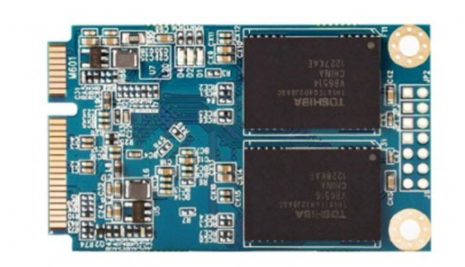In the through-hole plug-in process, the PCB board has poor tin penetration, which can easily cause problems such as false soldering, tin cracks and even dropouts. This is a very headache for process engineers. Next, I will sort out some factors that affect PCBA tin penetration.
1. PCBA tin penetration requirements
According to the IPC standard, the PCBA tin penetration requirement of through-hole solder joints is generally more than 75%. That is to say, the tin penetration standard for the appearance inspection of the panel surface is not less than 75% of the hole height (board thickness). PCBA The tin penetration is suitable at 75%-100%. The plated through hole is connected to the heat dissipation layer or the heat conduction layer for heat dissipation, and the PCBA tin penetration requires more than 50%.
2. Factors affecting PCBA tin penetration
The poor tin penetration of PCBA is mainly affected by factors such as material, wave soldering process, flux, and manual soldering.
1. Material

Tin melted at high temperature has strong permeability, but not all metals to be welded (PCB boards, components) can penetrate in, such as aluminum metal, whose surface generally automatically forms a dense protective layer, and the internal molecules The difference in structure also makes it difficult for other molecules to penetrate. Second, if there is an oxide layer on the surface of the metal to be welded, it will also prevent the penetration of molecules. We generally use flux to treat it or brush it with gauze.
2. Wave soldering process
PCBA tin penetration is directly related to the wave soldering process. Re-optimize the welding parameters with bad tin penetration, such as wave height, temperature, welding time or moving speed. First, reduce the orbital angle appropriately and increase the height of the wave crest to increase the contact amount of liquid tin with the soldering end; then, increase the temperature of wave soldering. Generally speaking, the higher the temperature, the stronger the permeability of tin, but this should be considered. The components can withstand the temperature; finally, the speed of the conveyor belt can be reduced, and the preheating and soldering time can be increased, so that the flux can fully remove oxides, soak the solder ends, and increase the amount of tin consumed.
3. Flux
Flux is also an important factor affecting PCBA's poor tin penetration. Flux mainly plays a role in removing surface oxides on PCB and components and preventing re-oxidation during soldering. Flux selection is not good, coating unevenly, and the amount is too small. Will lead to poor tin penetration. A well-known brand of flux can be selected, which will have higher activation and wetting effects, and can effectively remove difficult-to-remove oxides; check the flux nozzles, and the damaged nozzles need to be replaced in time to ensure that the PCB surface is coated with an appropriate amount of flux. Give full play to the flux effect of the flux.
4. Manual welding
In the actual plug-in welding quality inspection, a considerable part of the weldment only has a taper on the surface of the solder, and there is no tin penetration in the via. The function test confirms that many of these parts are soldered. This situation is more common in manual plug-ins. During soldering, the reason is that the soldering iron temperature is not appropriate and the soldering time is too short.
Poor PCBA tin penetration can easily lead to false soldering problems and increase the cost of rework. If the requirements for PCBA tin penetration are relatively high, and the soldering quality requirements are relatively strict, selective wave soldering can be used, which can effectively reduce the problem of poor PCBA tin penetration.